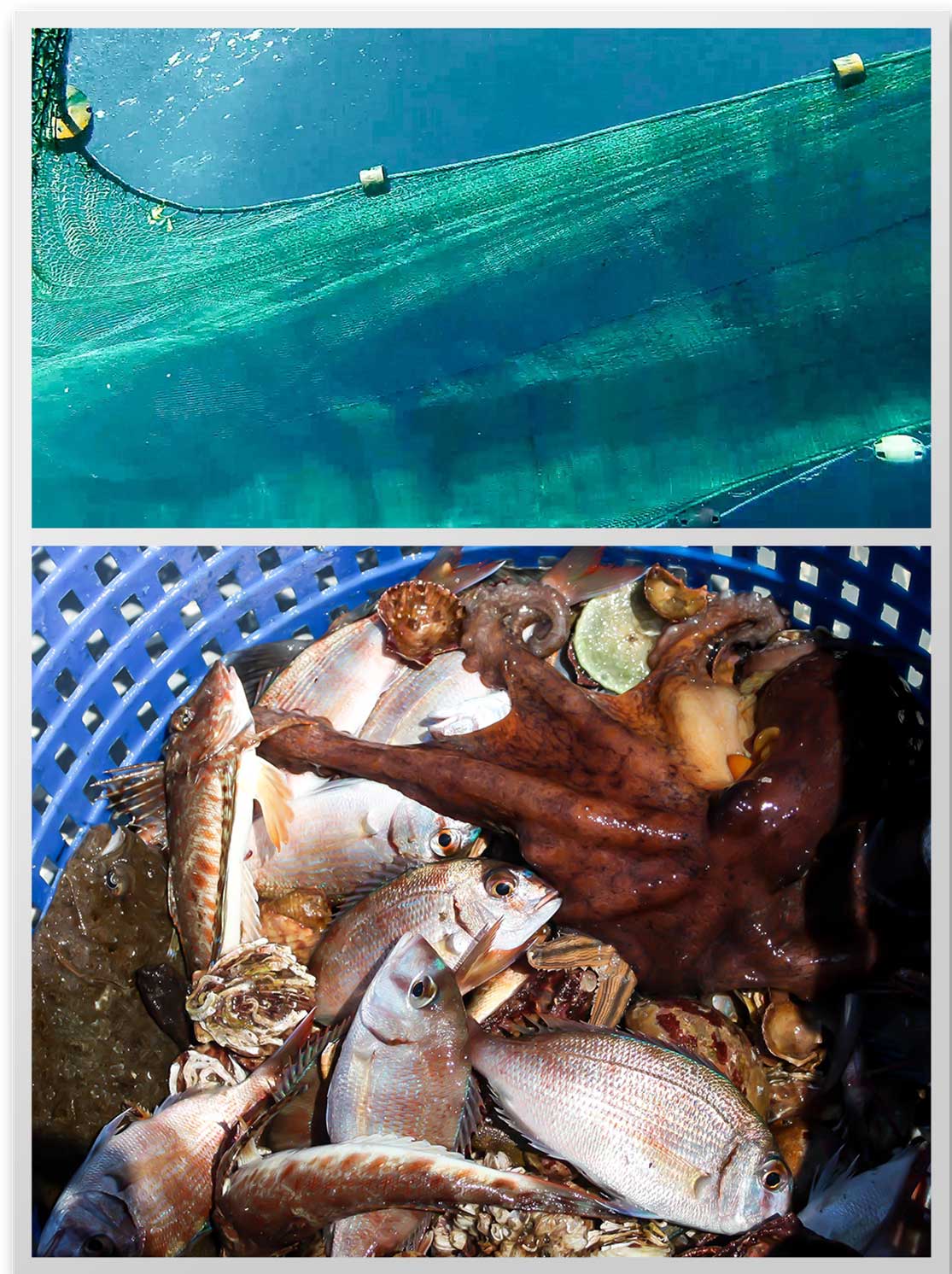Effects of large-scale habitat modification on demersal fish and mobile invertebrates within Alabama’s Artificial Reef Zone
Project Leader:Trey Spearman, Research Assistant
Project Details
Effects of large-scale habitat modification on demersal fish and mobile invertebrates within Alabama’s Artificial Reef Zone

Objectives:
This study is meant to describe the demersal fish and invertebrate assemblages within the AARZ—a large area containing artificial reefs, but with relatively undisturbed habitat between structures. The objectives are to (1) assess species assemblages inside the AARZ among depths and years from 2010-2014, (2) compare the demersal species assemblages from within the AARZ to those outside it, exposed to the trawl fisheries, and (3) determine the relationship between demersal species and the amount of nearby artificial structure.
Approach:
To accomplish these objectives the AARZ and waters immediately west were divided into 1nmi2 grids. Between 24 and 54 grids were selected each year in a depth stratified random survey from 2010 to 2014. A combination of side-scanning sonar and single-beam sonar was used to map the seafloor, and then 30-minute trawl surveys were performed once per grid using the sonar map as a guide for obstacle avoidance. The catch was sorted to species (Figure 1), and the abundance and biomass of each was recorded.
Results to Date:
Artificial reefs within the AARZ have been shown to increase the productivity of the area (promoting demersal biomass), but also show a halo effect around the reefs due to the predators feeding nearby (reducing demersal biomass). This shows that the relationship between demersal species and nearby artificial structures is not clear-cut. This project has formed the basis for a graduate student thesis project and the results will benefit artificial reef management strategies.
Funding Sources: NOAA MARFIN, ALMRD, NFWF Wildlife, and Sportfish Restoration Fund, and DISL
